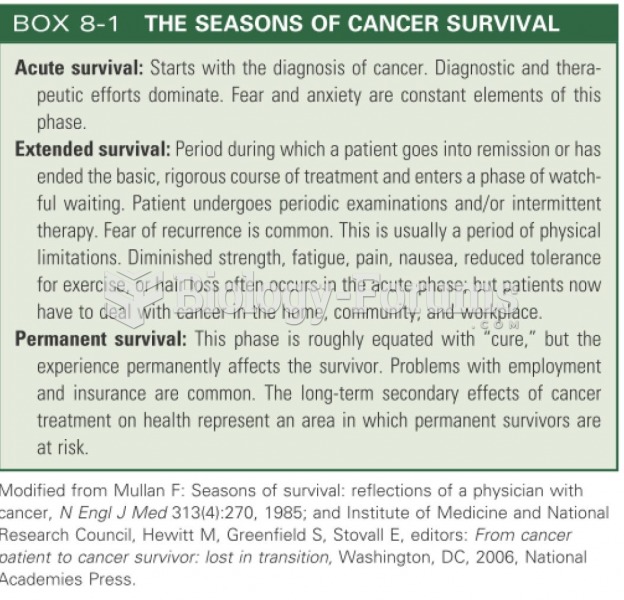Answer to Question 1
ANS: 2
Examples of phenomena of nursing include caring, self-care, and client responses to stress. In the Neuman Systems Model (1995), phenomena include all client responses, environmental factors, and nursing actions. Crying is reflective of a client's response to stress to a second level need (Maslow's) and so is directly related to Neuman's model.
While consulting with clergy is reflective of a client need, it is higher on Maslow's hierarchy and so not the best option available.
While requesting family photos is reflective of a client need, it is higher on Maslow's hierarchy and so not the best option available.
The client stating that he/she will trust the health team is reflective of a client response, it is less reflective of a need and so not the best option available.
Answer to Question 2
ANS: 3
Assumptions are the taken for granted statements that explain the nature of the concepts, defi-nitions, purpose, relationships, and structure of a theory (Meleis, 2006; Chinn and Kramer, 2004). It is a reasonable assumption that a client who recently underwent surgery would require and ex-pect prompt administration of medications to manage that pain.
Not all clients will openly communicate their needs/wants to the staff so this option is not the best example offered.
While most clients will rest effectively in a quiet, darken environment, it is not required by all clients so this option is not the best example offered.
While many clients will want family present in this situation, not all will. Therefore this option is not the best example offered because an incorrect assumption would result in a violation of a cli-ent's right to privacy.







